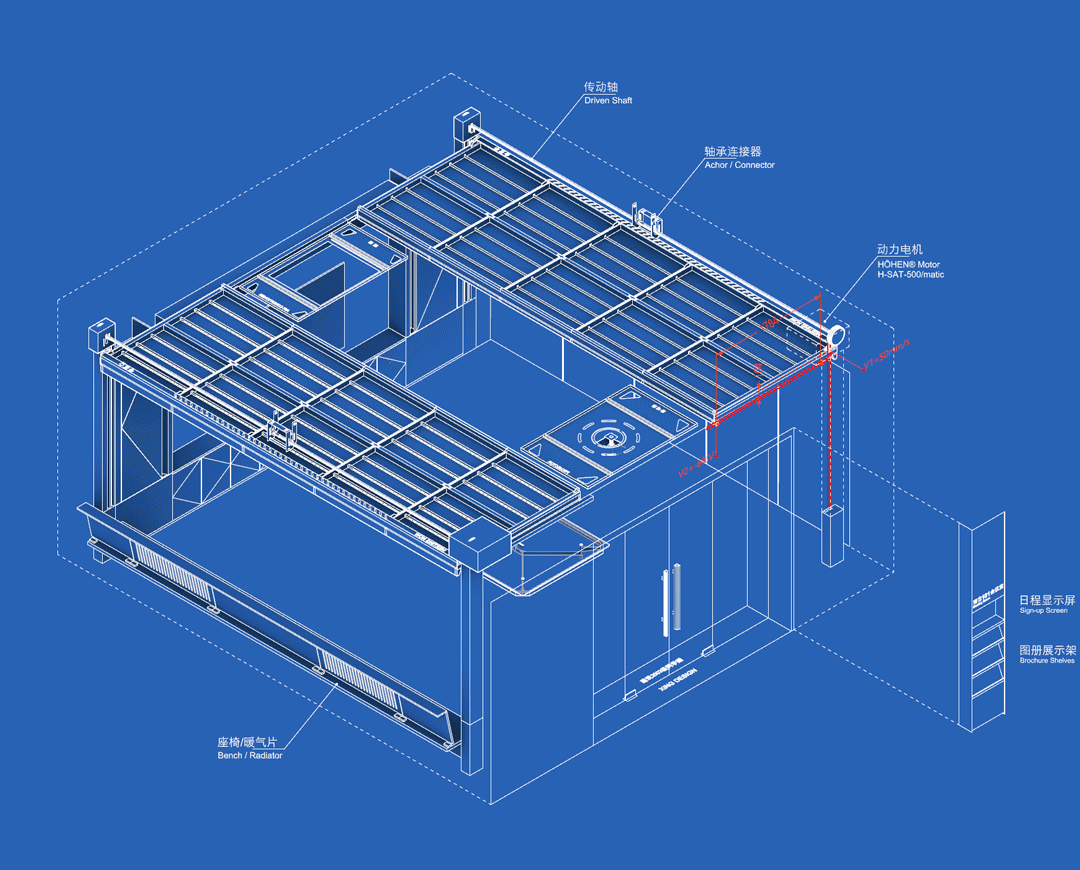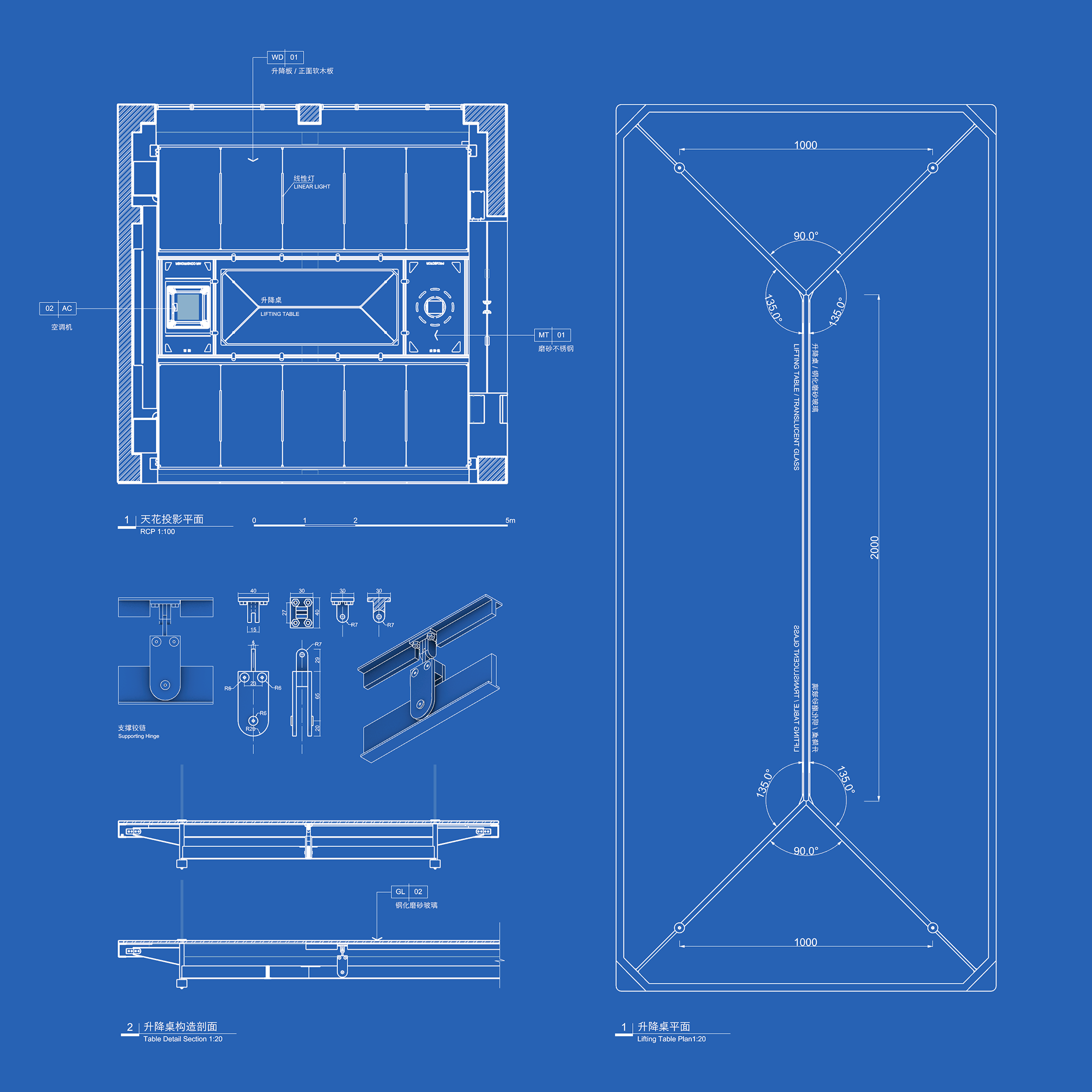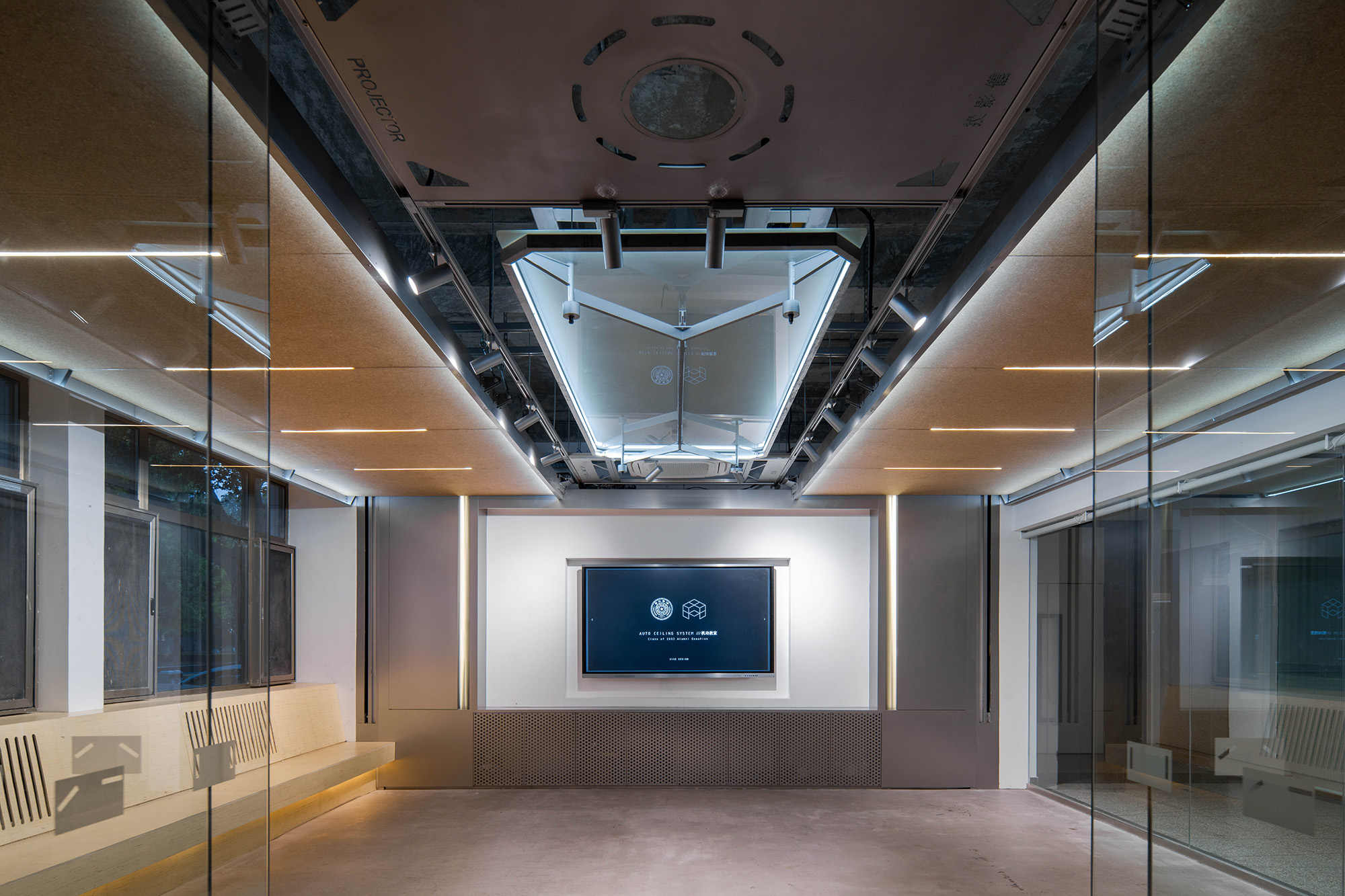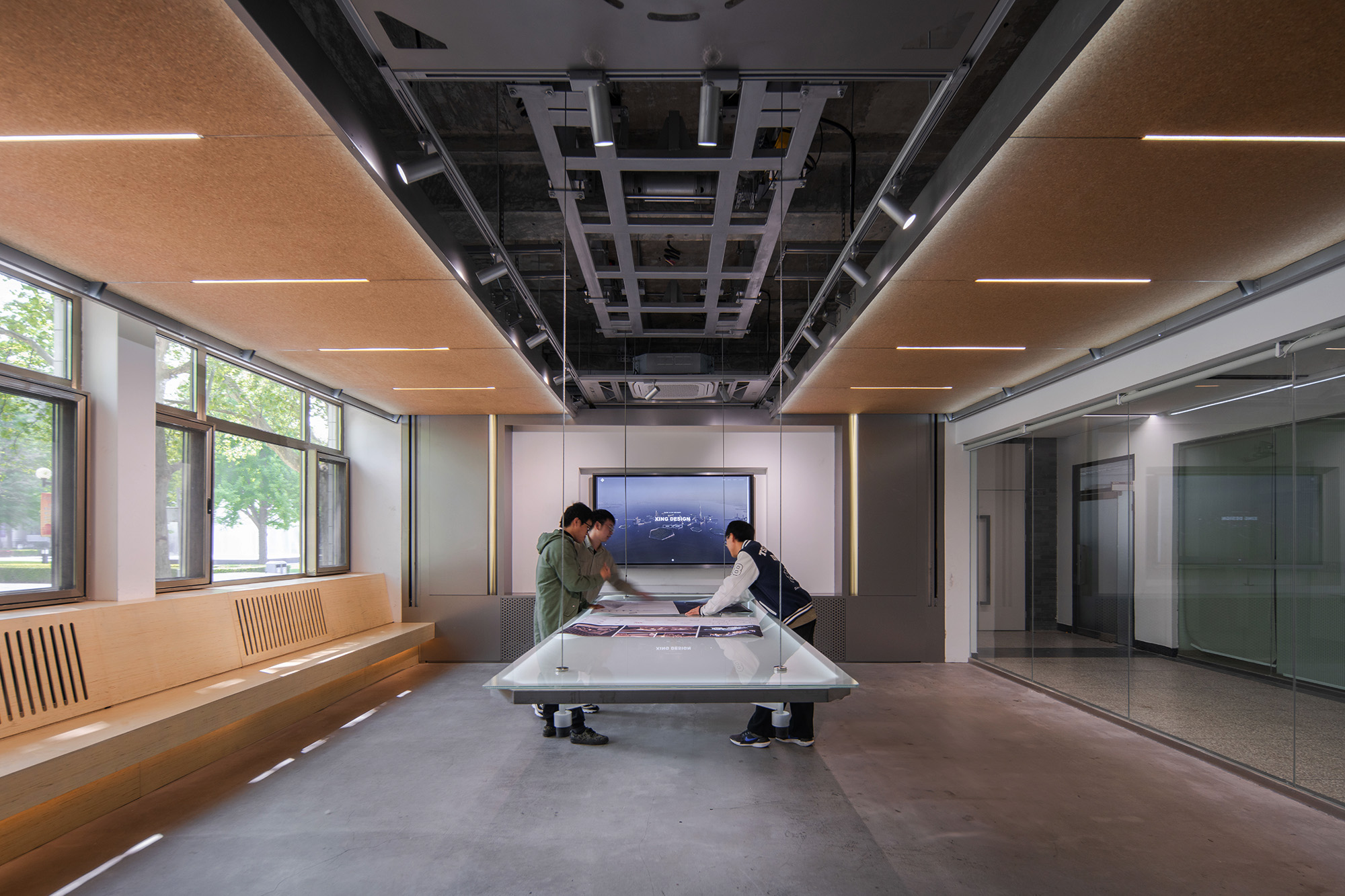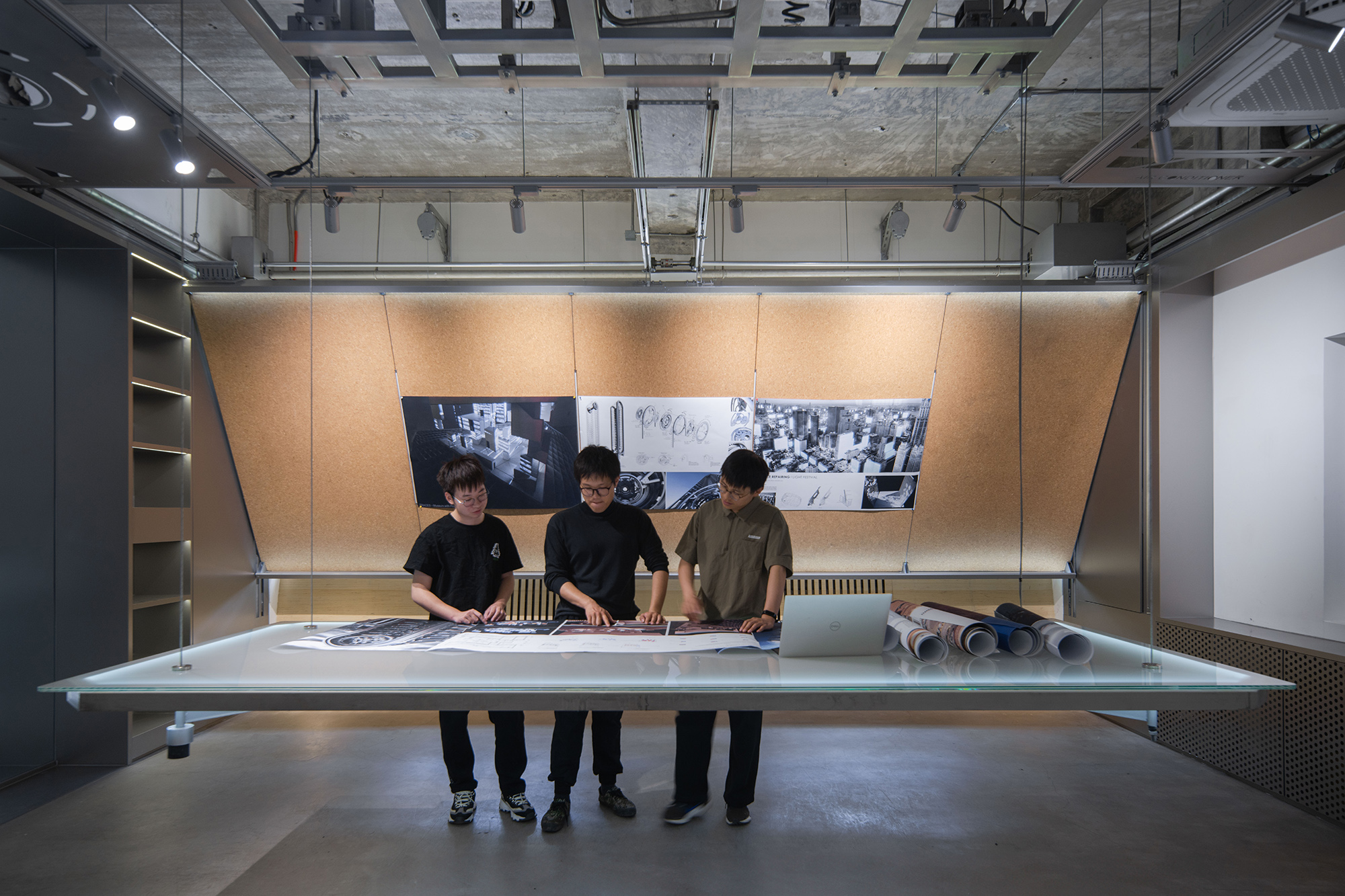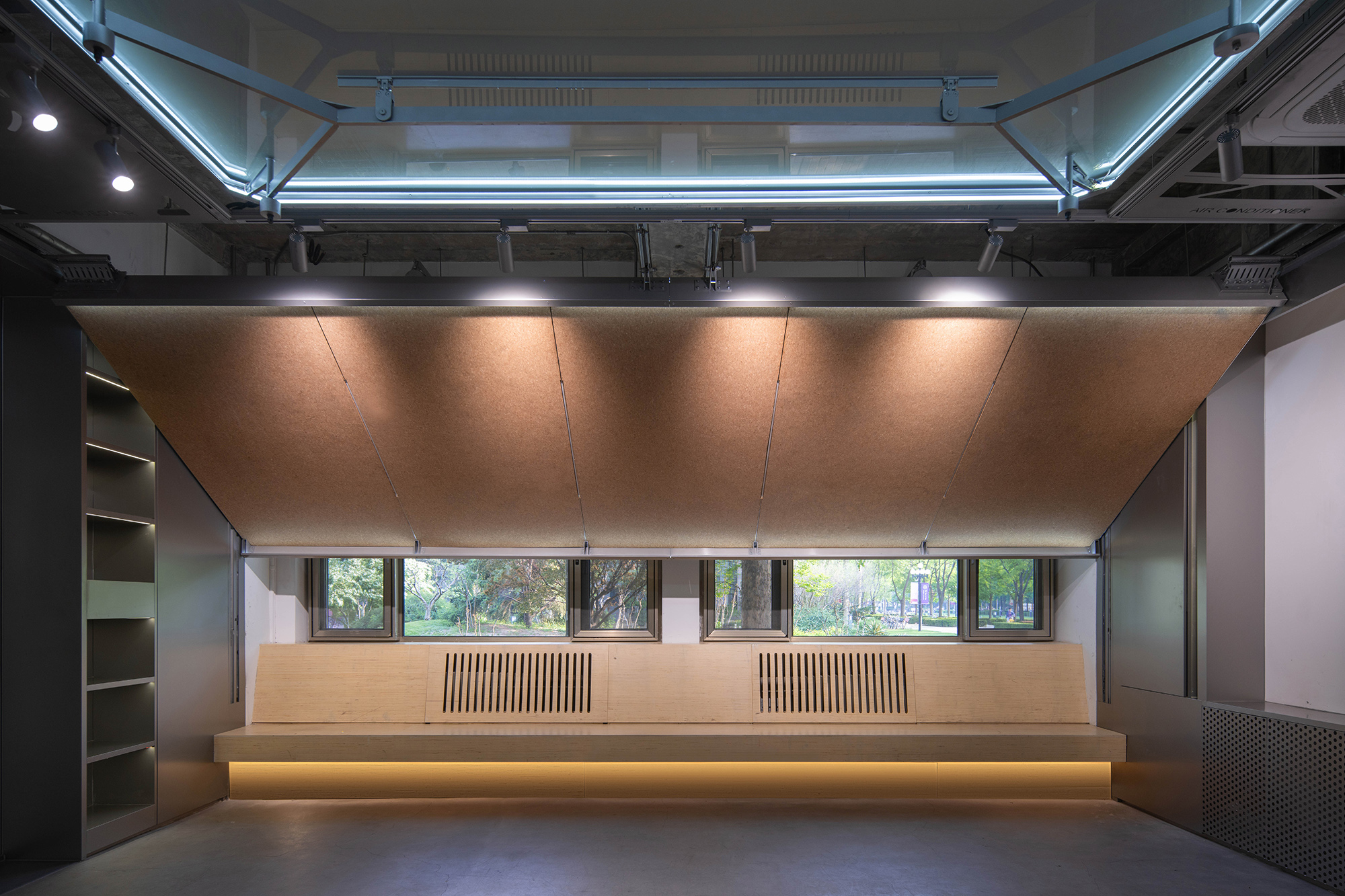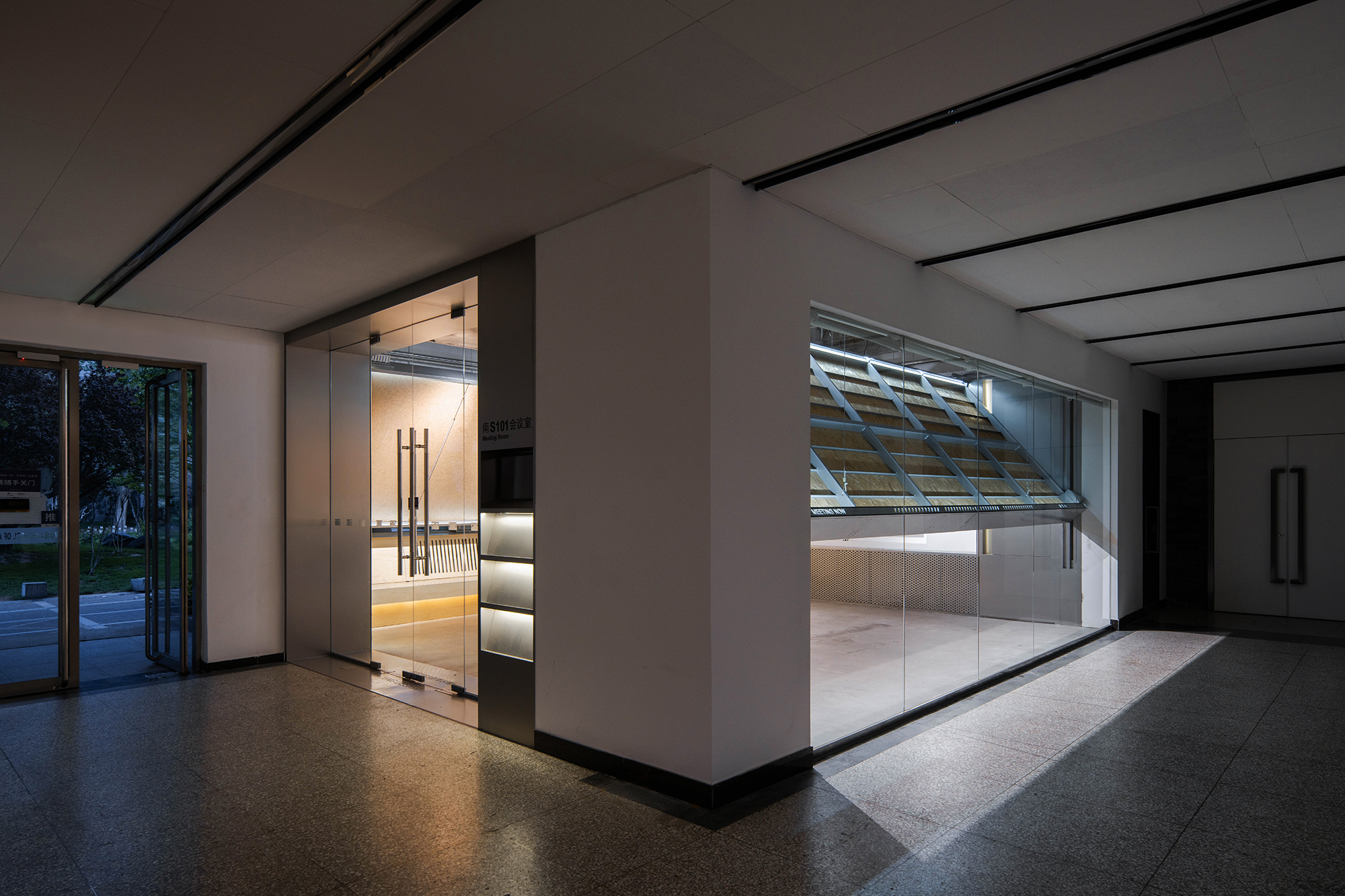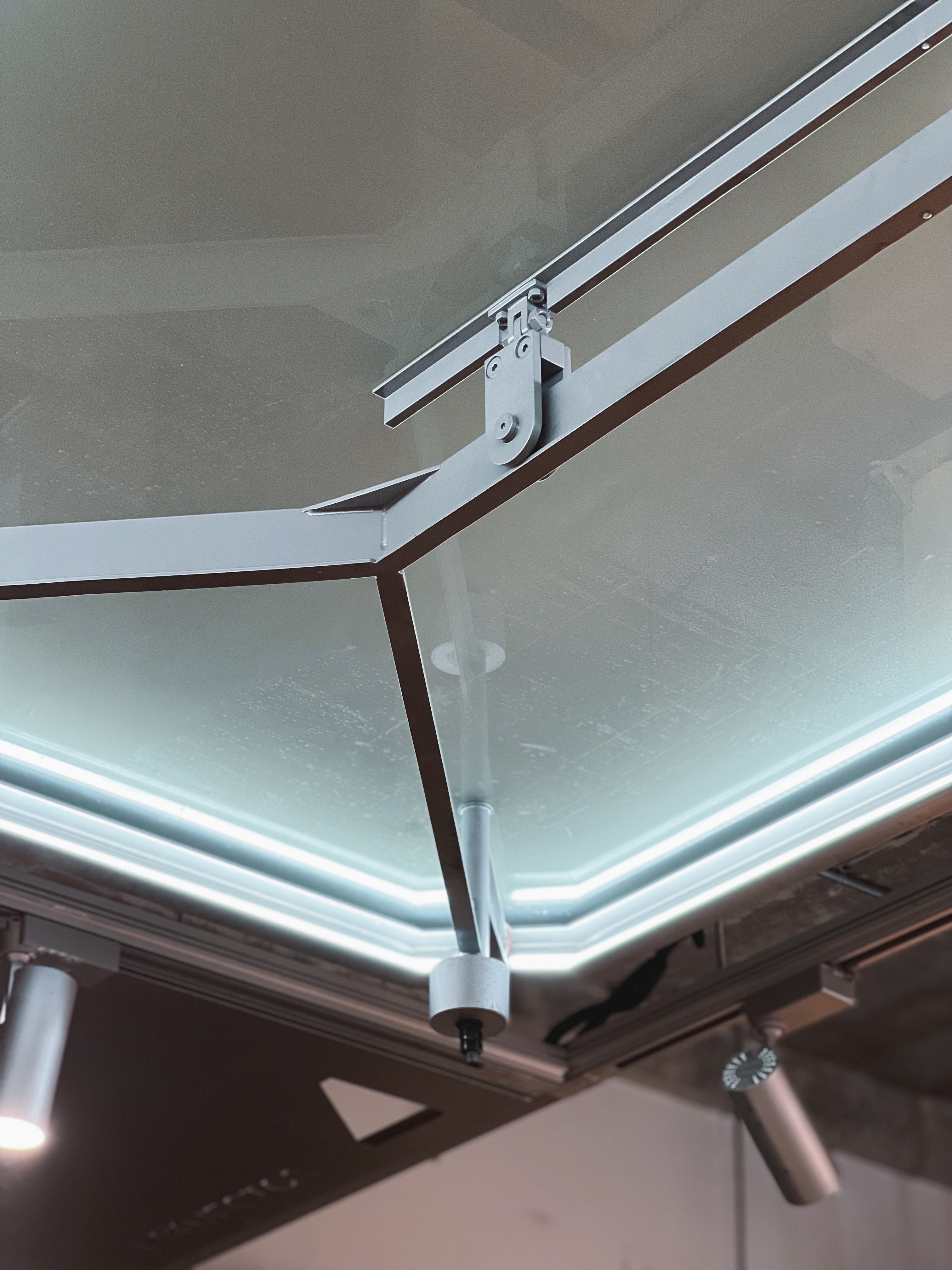
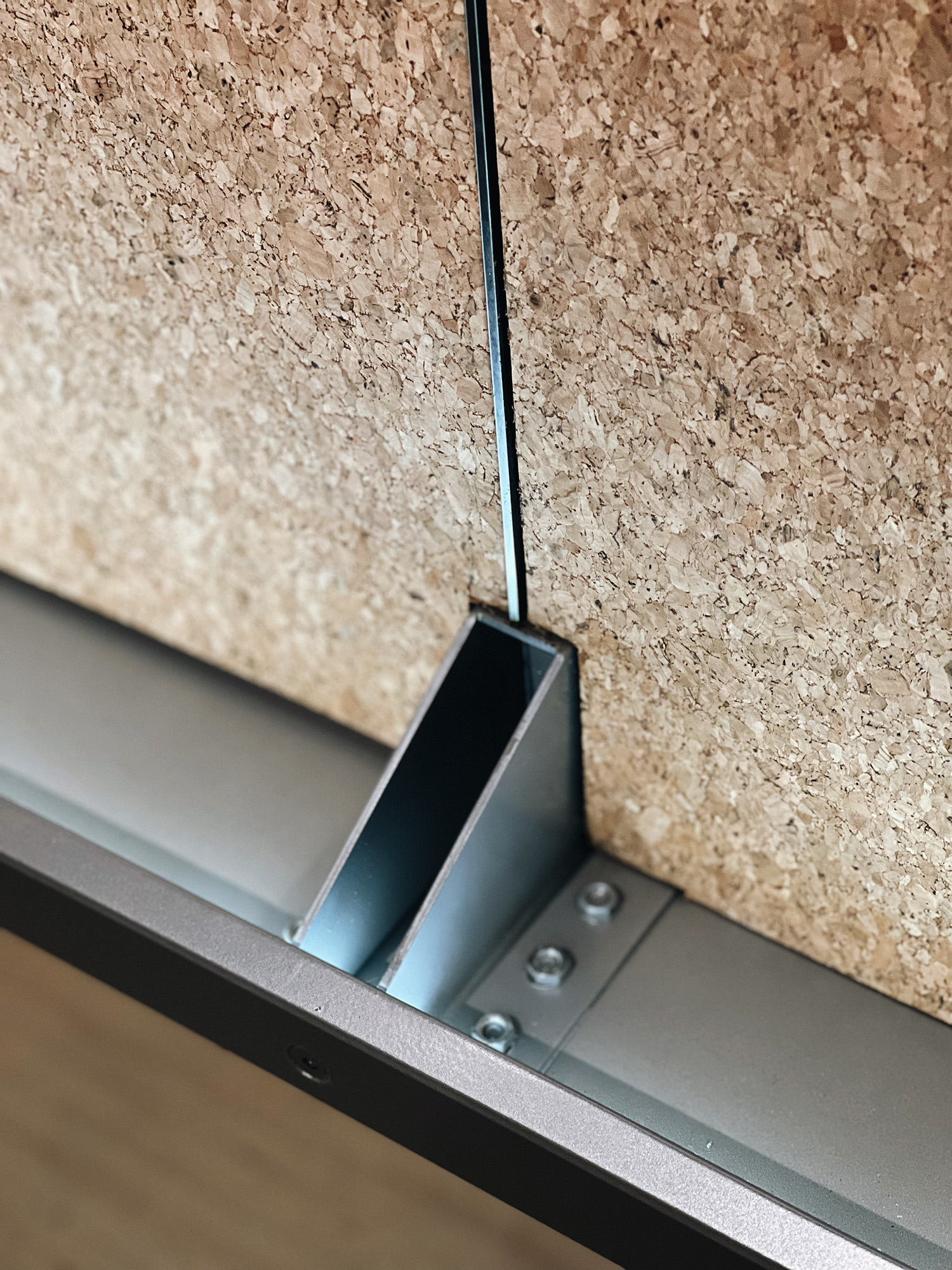
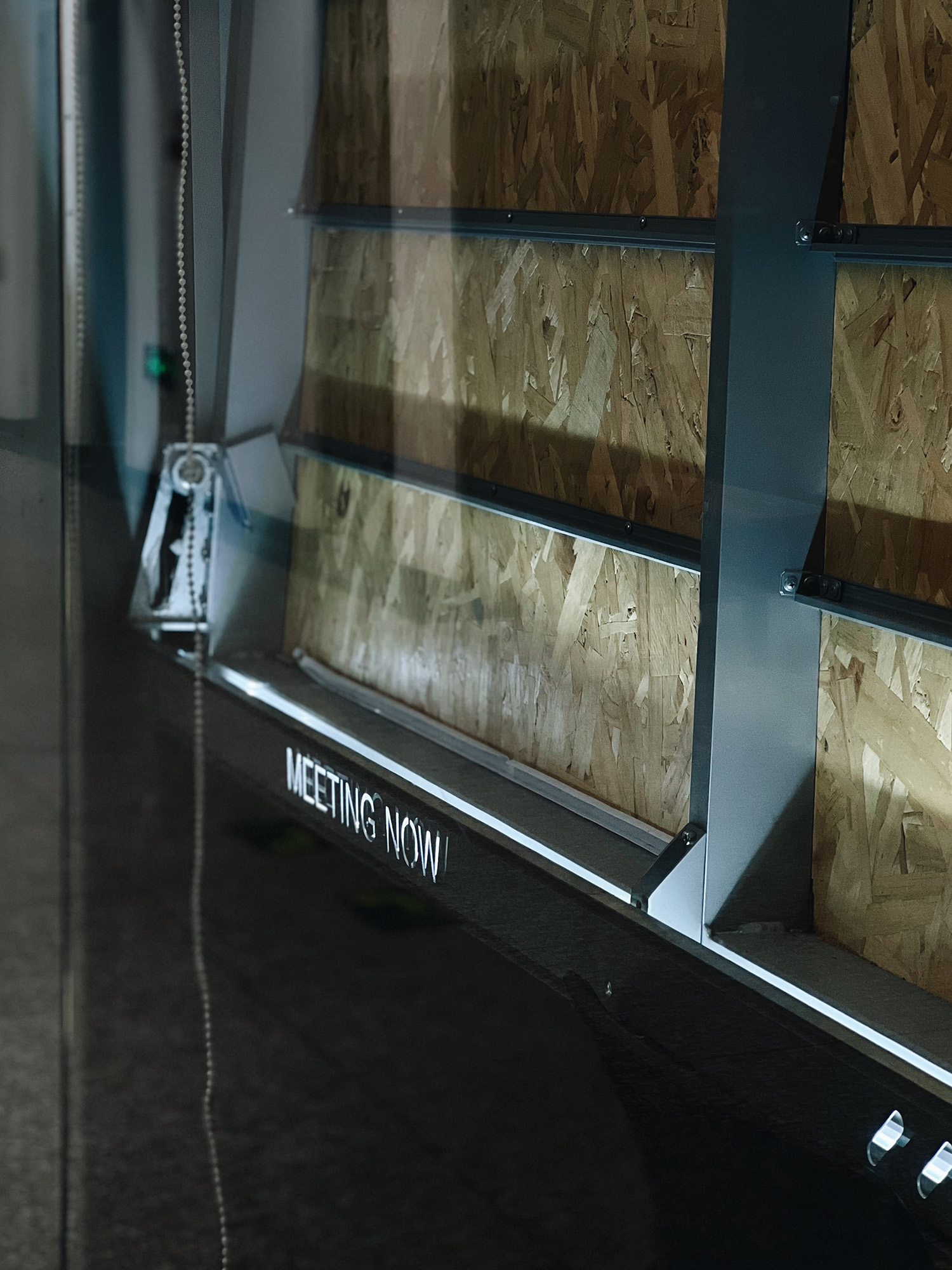
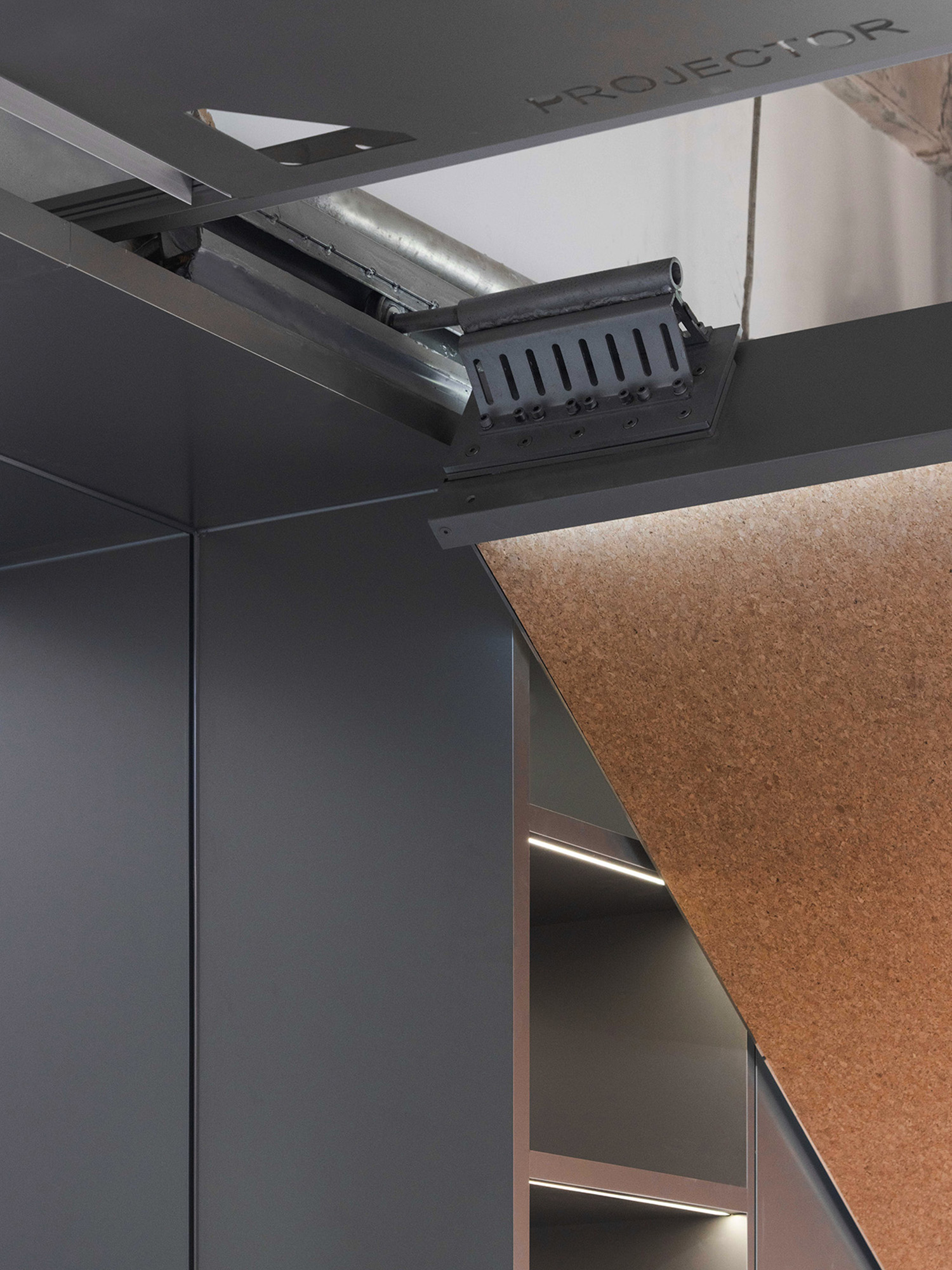
If the purpose is merely for reviews or meetings, lightweight furniture with wheeled drawing board stands would suffice. That’s true.
Unlike other designs, architectural design does not permit failure (not to say there aren’t poorly designed buildings, but rather that the technology used is reliable). Architecture does not entertain the concept of “research and development, trial and error”; each construction must strive for perfection. Hence, we tend to use simpler technologies to solve immediate problems, integrating relatively outdated technological fruits across generations into architecture.
Experimentation is crucial for both design and teaching. Regardless of the technology, it must be refined to be reliable, cost-effective, and convenient to truly be widely applicable, thereby shaping new spatial patterns, similar to elevators in skyscrapers. But before that, Let’s be open and experimental—this is also the wish we’ve placed in our donation.
